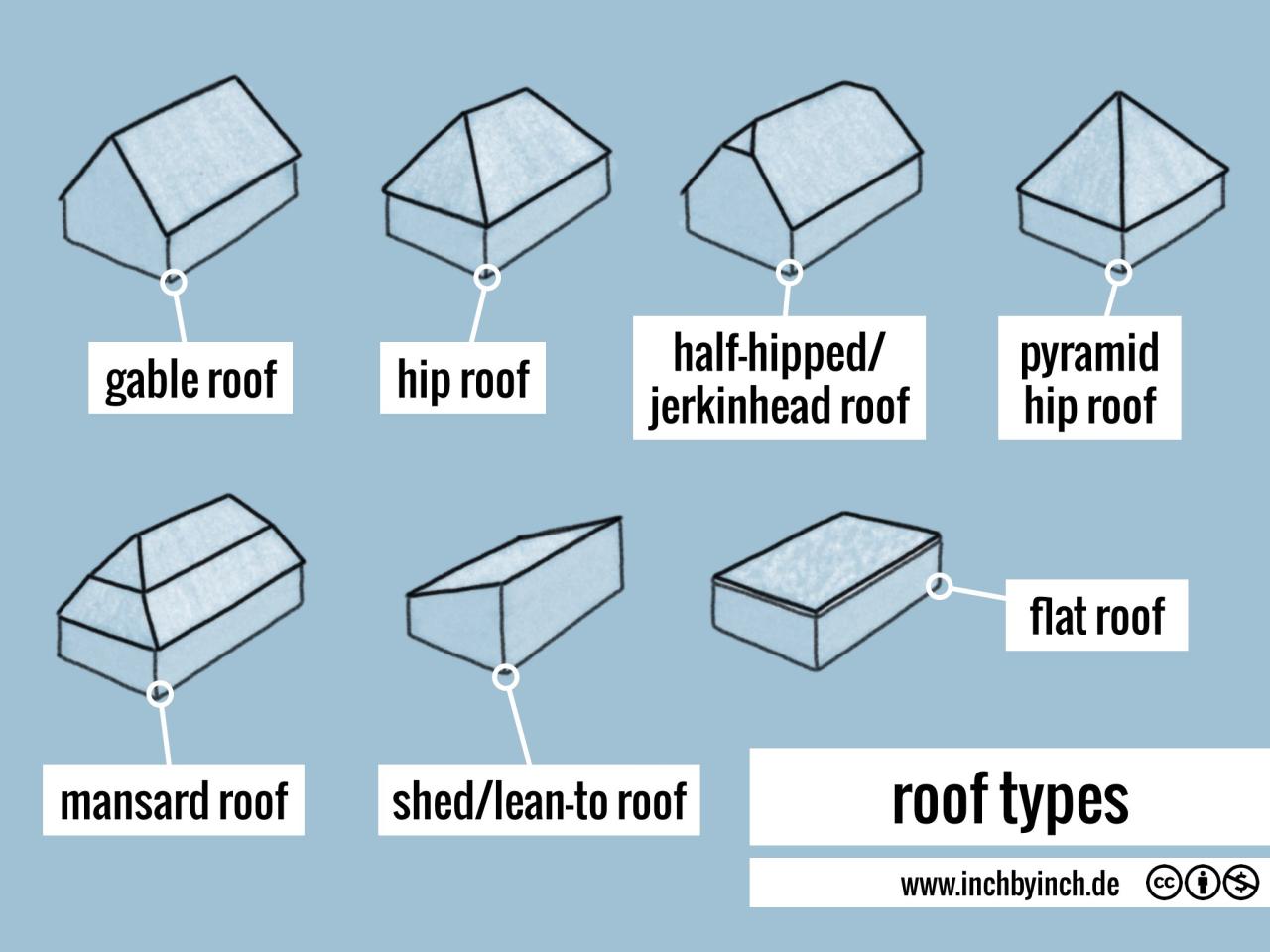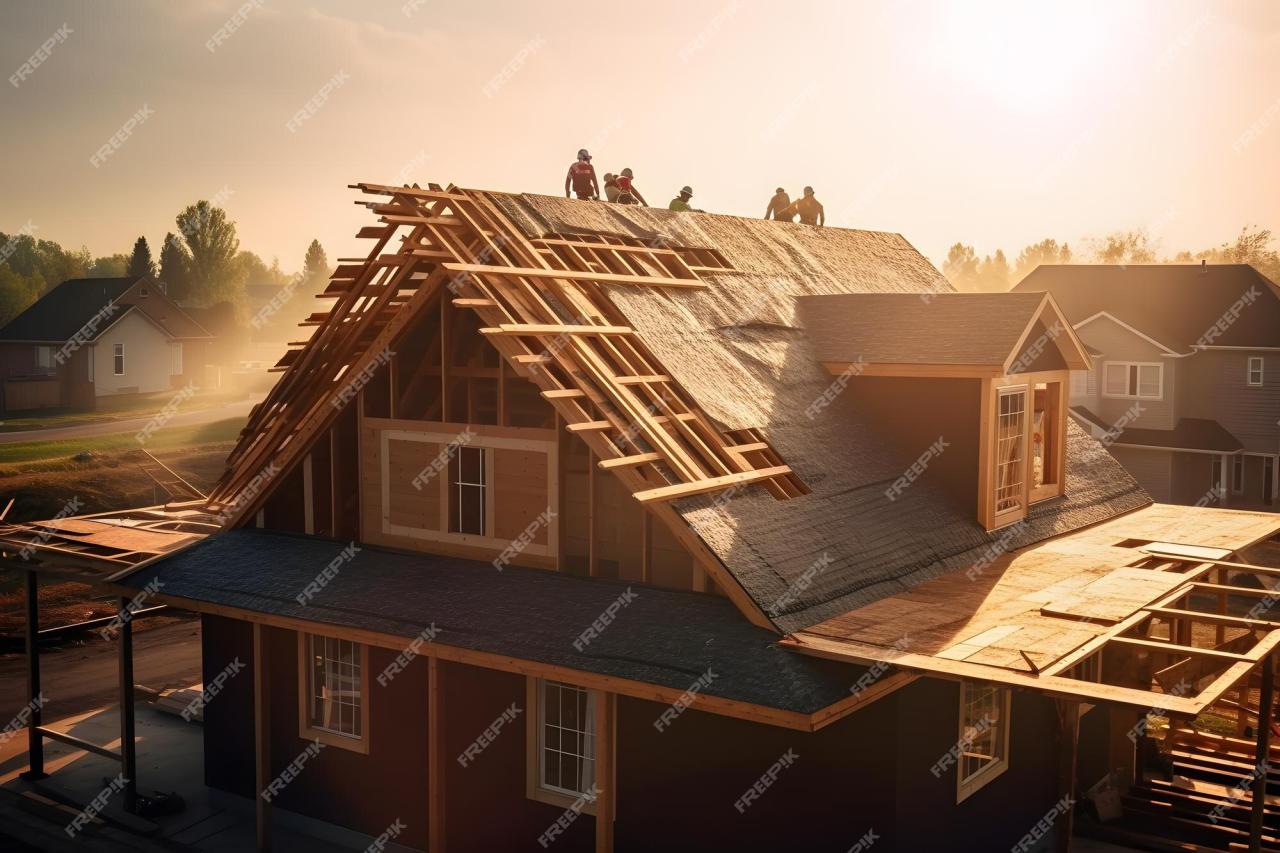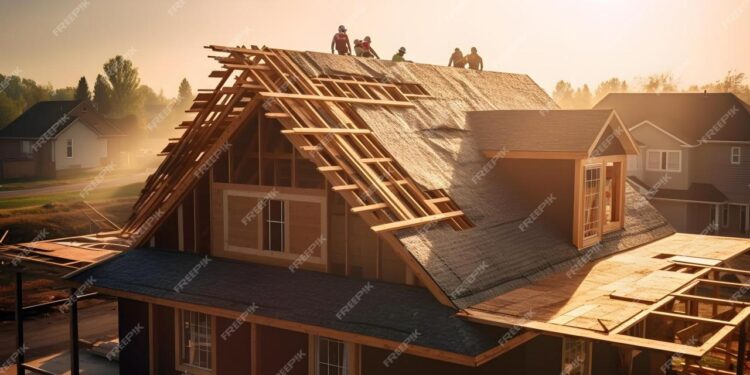Siding on roof sets the stage for this enthralling narrative, offering readers a glimpse into a story that is rich in detail and brimming with originality. From the various types of materials used to the installation process and maintenance tips, this guide covers it all.
Delve into the world of roof sidings and discover everything you need to know to make informed decisions for your construction projects.
Types of Roof Sidings
In construction, there are several types of roof sidings that are commonly used to protect buildings from the elements and enhance their aesthetic appeal.
Asphalt Shingles
Asphalt shingles are a popular choice for roof sidings due to their affordability and ease of installation. They are available in a variety of colors and styles, making them versatile for different architectural designs. However, asphalt shingles may not be as durable as other materials and can be prone to damage in extreme weather conditions.
Metal Roofing
Metal roofing is known for its durability and longevity, making it a preferred choice for many homeowners. It is resistant to fire, mildew, insects, and rot, making it a low-maintenance option. However, metal roofing can be more expensive than other materials and may be prone to denting from heavy hail or falling branches.
Wood Shingles
Wood shingles give a natural and rustic look to a building, adding charm and character. They are environmentally friendly and can provide good insulation. However, wood shingles require regular maintenance to prevent rot, mold, and insect infestations. They are also more susceptible to fire hazards compared to other materials.
Clay Tiles
Clay tiles are known for their durability and ability to withstand extreme weather conditions. They come in various shapes, sizes, and colors, adding a unique and elegant touch to a building. However, clay tiles can be heavy, requiring a strong roof structure for support.
They can also be expensive to install compared to other materials.
Slate Roofing
Slate roofing offers a timeless and sophisticated appearance to a building. It is highly durable and can last for decades with minimal maintenance. However, slate roofing is one of the most expensive options and may be more challenging to repair or replace due to its weight and fragility.
Installation Process

Installing roof sidings is a crucial step in ensuring the protection and aesthetics of your roof. Here is a step-by-step guide on how to properly install roof sidings.
Preparing the Roof
Before installing roof sidings, it is essential to prepare the roof properly. Here are some guidelines to follow:
- Clean the roof surface thoroughly to remove any debris, dirt, or mold.
- Inspect the roof for any damages or leaks that need to be repaired before installing the sidings.
- Ensure the roof is dry and free from moisture to prevent any issues during installation.
Tools and Materials
To successfully install roof sidings, you will need the following tools and materials:
| Tools | Materials |
|---|---|
|
|
Maintenance and Care
Proper maintenance and care for roof sidings are essential to ensure their longevity and functionality. Neglecting regular maintenance can lead to costly repairs or replacements down the line. Here are some tips on how to maintain and care for your roof sidings.
Regular Inspections
Regularly inspect your roof sidings for any signs of damage, such as cracks, warping, or loose panels. Addressing these issues promptly can prevent further damage and prolong the lifespan of your roof sidings
Cleaning and Washing
Regularly clean your roof sidings to remove dirt, debris, and mold growth. Use a mild detergent and a soft brush to scrub away any buildup. Avoid using abrasive cleaners or high-pressure washers, as they can damage the siding material.
Sealing and Repairs
Check for any gaps or cracks in the siding and seal them to prevent water infiltration. Replace any damaged or missing panels to maintain the integrity of your roof sidings.
Seasonal Maintenance Checklist
- Inspect roof sidings for damage after severe weather conditions, such as storms or heavy snowfall.
- Clean gutters and downspouts to prevent water from backing up and causing damage to the sidings.
- Trim any overhanging branches that could potentially damage the roof sidings.
- Check for signs of pest infestation, such as termite damage, and address it promptly.
- Inspect caulking and seals around windows and doors to ensure they are intact and prevent water infiltration.
Cost Considerations

When considering installing roof sidings, it is essential to understand the cost implications involved. The cost of roof sidings can vary based on several factors, including the type of material used, the size of the roof, and the complexity of the installation process.
Here, we will compare the costs of different types of roof sidings, discuss factors that influence these costs, and provide tips on how to budget effectively for roof siding installation.
Types of Roof Sidings and Their Costs
- Vinyl Siding: Vinyl siding is one of the most affordable options, with an average cost ranging from $2 to $7 per square foot.
- Wood Siding: Wood siding tends to be more expensive, with costs averaging between $6 to $12 per square foot.
- Fiber Cement Siding: Fiber cement siding falls in the mid-range in terms of cost, typically ranging from $5 to $12 per square foot.
- Metal Siding: Metal siding can vary significantly in price, with costs ranging from $5 to $15 per square foot, depending on the type of metal used.
Factors Influencing Cost
- Material Quality: Higher-quality materials will generally come with a higher price tag.
- Size of the Roof: The larger the roof, the more materials and labor will be required, increasing the overall cost.
- Complexity of Installation: If the installation process is intricate or requires special considerations, the cost may be higher.
- Location: Labor costs can vary depending on the region and accessibility of the property.
Tips for Budgeting Effectively
- Obtain Multiple Quotes: Get quotes from several contractors to compare prices and services offered.
- Plan for Contingencies: Set aside a buffer in your budget for unexpected expenses that may arise during the installation process.
- Consider Long-Term Costs: While upfront costs are important, also factor in the long-term durability and maintenance requirements of the siding material.
- Explore Financing Options: If the upfront cost is prohibitive, look into financing options to spread out the payments over time.
Final Review
In conclusion, siding on roof is a crucial aspect of construction that requires careful consideration and maintenance. By understanding the different types, installation processes, and costs involved, you can ensure longevity and durability for your roof sidings.
FAQ Guide
What are the most common types of materials used for roof sidings?
The most common materials for roof sidings include vinyl, wood, fiber cement, and metal.
How can I address common issues with roof sidings?
Common issues like cracks or warping can be addressed by repairing or replacing the damaged sections promptly.
What factors influence the cost of installing roof sidings?
Factors such as the material chosen, the size of the project, and the complexity of installation can all influence the cost.
How often should I perform seasonal maintenance on roof sidings?
It is recommended to perform seasonal maintenance on roof sidings at least twice a year, ideally in spring and fall.


